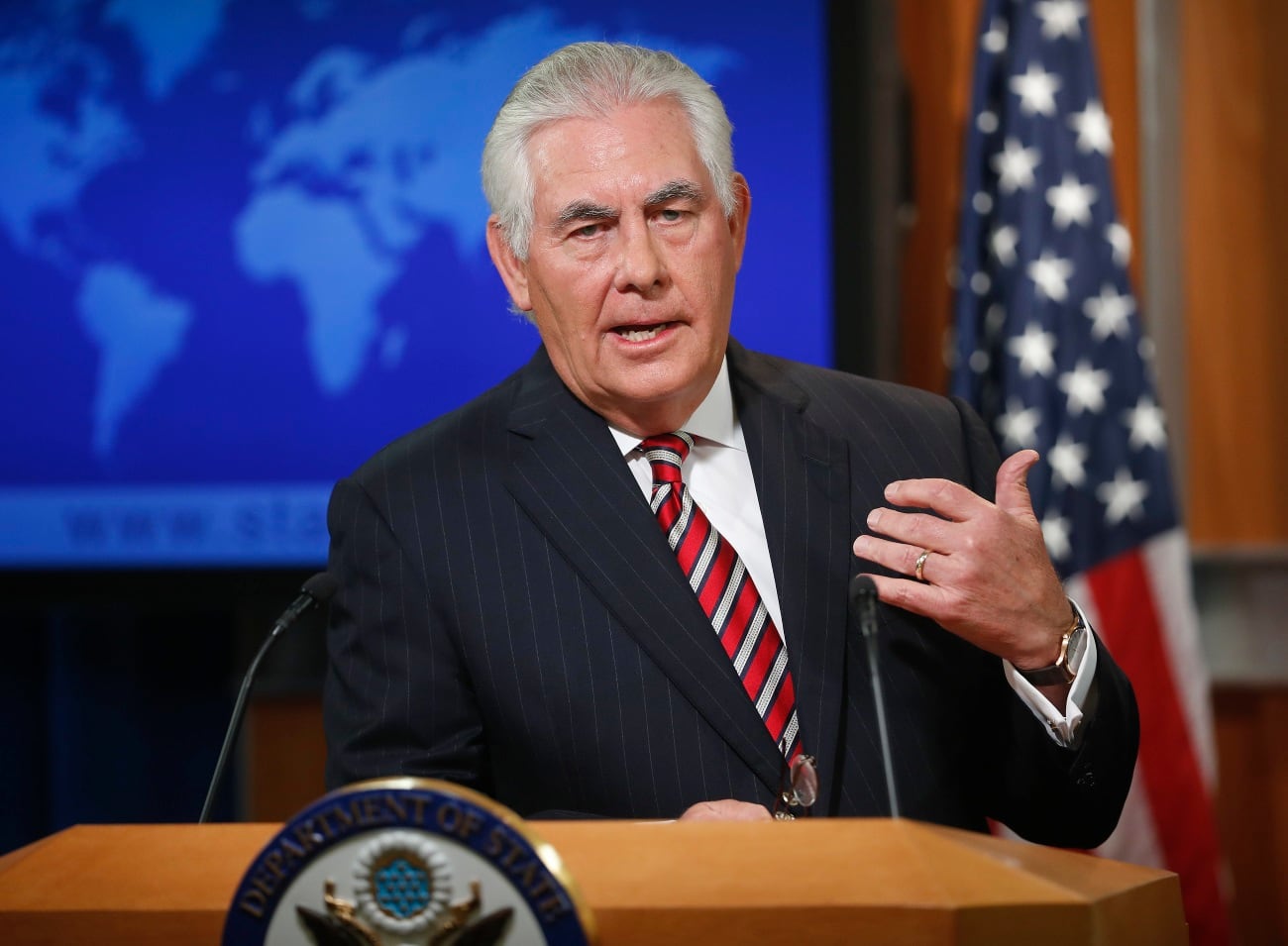Though theories vary as on what caused 24 U.S. embassy employees and their families to experience brain damage after hearing bizarre noises in their residences in late 2016 and early 2017, Sen. Marco Rubio, R-Fla., theorized recently that there are three possible answers to who perpetrated the attacks.
“Whoever did this did this because they wanted there to be friction between the U.S. and the Cuban government, that would be the motivation behind this,” said Rubio during a Tuesday hearing about the attacks, adding that the timing, immediately after the 2016 presidential election, hinted at a desire to change the Obama administration’s policy of more open relations with Cuba.
1. Anti-Castro Cuban groups
Groups within Cuba opposed to Cuban leader Raul Castro’s regime could have perpetuated these attacks as a means of damaging the government’s initiatives to establish more open dialogue with the U.S. Doing so could harm the Castro regime’s credibility.
RELATED

But U.S. scientist’s bafflement as to the cause of the U.S. embassy employee’s symptoms indicates that the technology used to create them is beyond the sophistication of a rebel group.
“You have a sophisticated attack of some sort causing these injuries. We don’t know who possesses that sophisticated material but we know that it’s pretty sophisticated, leading you to believe that’ it’s a nation state, someone who can afford this kind of thing,” said Rubio. “I don’t believe that any credible person on the planet believes that some group of anti-Castro Cubans conducted these attacks in an elaborate scheme to somehow disrupt the Obama opening.”
2. A rogue faction within the Cuban government
Rubio noted that the Castro regime’s efforts to open dialogue with the U.S. in recent years makes it unlikely that they would also attempt to attack U.S. officials directly. However, there could be factions within that government that wished to go back to the country’s old ways of dealing with the U.S. and took action to sour the relationship.
Rubio quoted a Sept. 15, 2017, Associated Press news story as evidence for a rogue government group, not aligned with Castro, perpetrating the attack:
“In a rare face-to-face conversation, Castro told U.S. diplomat Jeffrey DeLaurentis that he was equally baffled, and concerned. Predictably, Castro denied any responsibility. But U.S. officials were caught off guard by the way he addressed the matter, devoid of the indignant, how-dare-you-accuse-us attitude the U.S. had come to expect from Cuba’s leaders.”
“This time, although Castro denied involvement, his government didn’t dispute that something troubling may have gone down on Cuban soil,” the article continued.
To Rubio, this suggests Castro is aware of rogue elements within his own government that may have been behind this.
However, Francisco Palmieri, acting assistant secretary for the State Department’s bureau of western hemisphere affairs, testified that he did not believe any conversation in which Cuban officials mentioned the potential for a rogue government faction being responsible for the attacks ever occurred.
3. A third-party nation state
“If it wasn’t a rogue element within the Castro government, then maybe it was a third country,” said Rubio, adding that such a nation-state would likely stand to gain from poor relations between the U.S. and Cuba. “The logical conclusion is Russia and Vladimir Putin.”
Russia has targeted U.S. embassies with microwaves before, as a 2012 article written by J Mark Elwood and published in Environmental Health notes that “from 1953 to 1976, beams of microwaves of 2.5 to 4.0 GHz were aimed at the US embassy building in Moscow” and originated from Soviet sources.
A May 30, 1979, New York Times article reported that the Soviet Union stopped the bombardment to improve relations before a June meeting between then-U.S. President Jimmy Carter and Soviet Leader Leonid I. Brezhnev.
Regardless of the source, Rubio argued that the Cuban government must have some idea of who was behind the attacks, as U.S. government officials are monitored particularly closely while in Cuba.
“These are sophisticated attacks — so sophisticated, as I’ve said, that we can’t even describe how it happened yet,” said Rubio.
“The idea that someone could put together some sort of action against them — 24 of them — and the Cuban government not see it or know about it, it’s just not possible. And so it leads you to believe that the Cuban government either did this, or they know who did it, and they can’t say. Because whoever did it is either a third-party country that they cannot take on, or elements within their own regime that they do not want to reveal for purposes of not making it appear to be unstable internally.”
Rubio added that there are two facts about the attack that the U.S. can know for sure: people were hurt, and the Cuban government knows who did it.
Jessie Bur covers federal IT and management.




